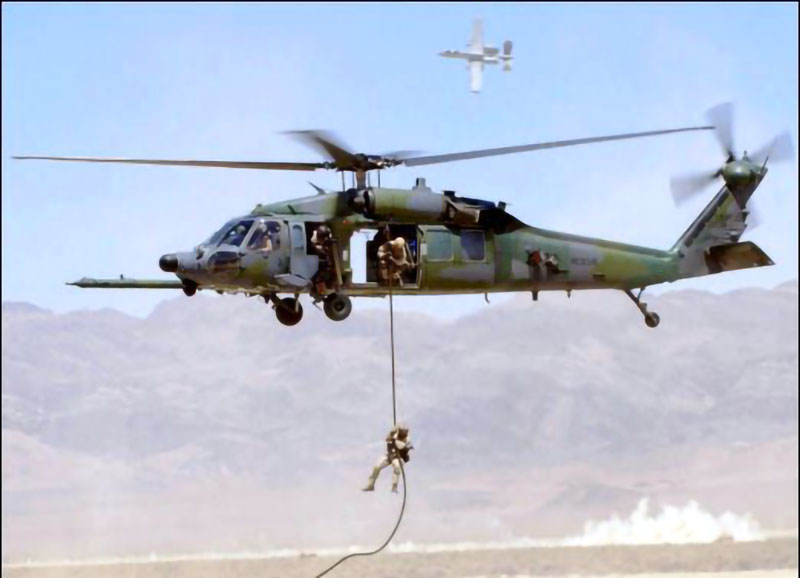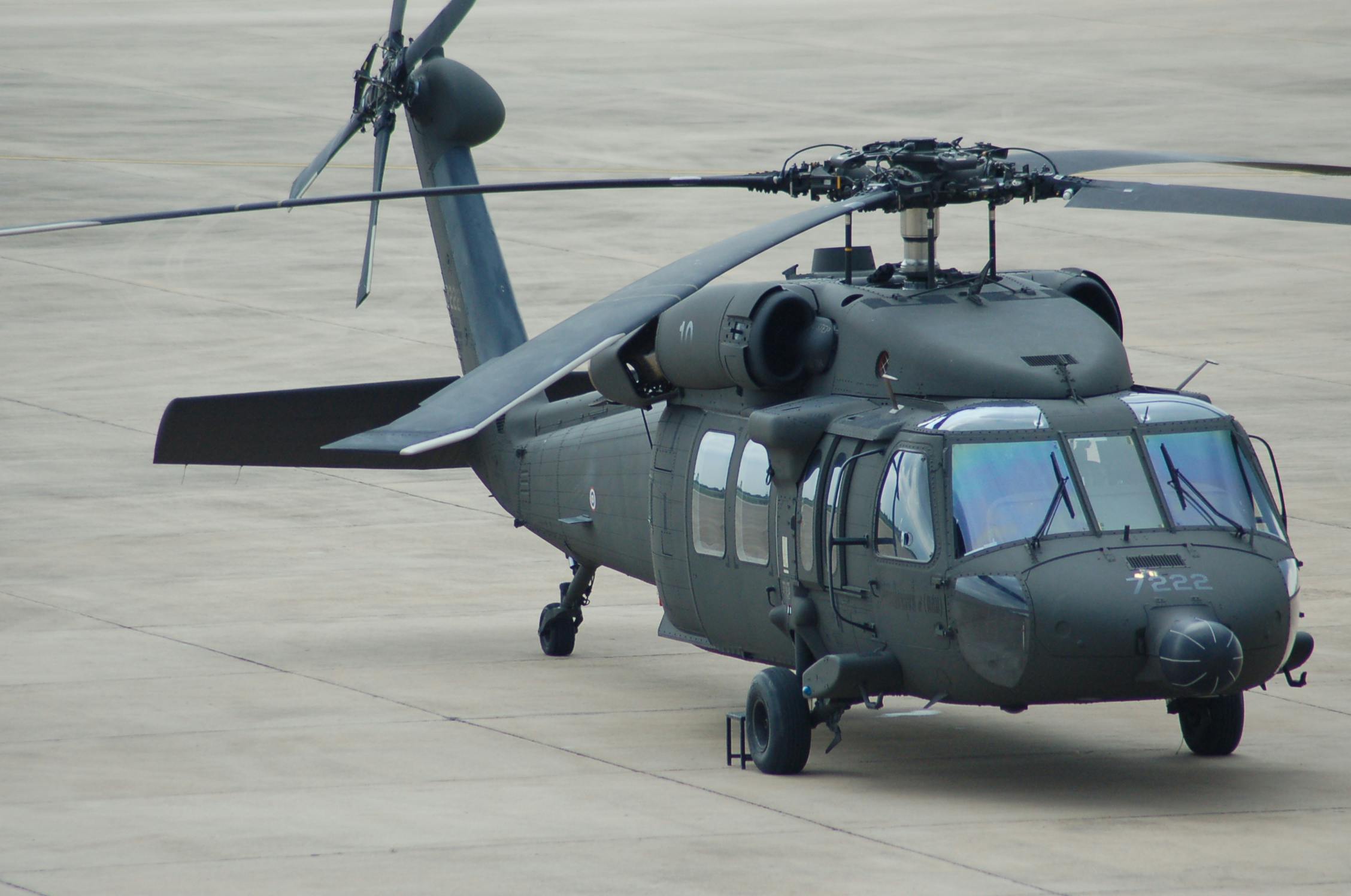UH 60 Helicopter: How It Continues to Shape Air Mobility and Combat Missions
UH 60 Helicopter: How It Continues to Shape Air Mobility and Combat Missions
Blog Article
Discovering the Background and Advancement of the UH 60 Helicopter

Beginnings of the UH-60
The beginnings of the UH-60 helicopter can be mapped back to the late 1960s, a duration marked by the requirement for a functional utility aircraft that can adjust to the developing demands of modern war. The united state Army acknowledged the necessity for a replacement for the older UH-1 Iroquois, which was ending up being progressively insufficient for the complexities of contemporary combat circumstances. In 1967, the Military initiated the Energy Tactical Transport Airplane System (UTTAS) program, which sought to develop a multi-role helicopter with the ability of different objectives, consisting of army transport, medical discharge, and logistical assistance.
The layout competitors drew in numerous aerospace makers, but it was Sikorsky Airplane Corporation that eventually protected the contract in 1972. The UH-60 Black Hawk was introduced, showcasing ingenious design elements and advanced technology that set it aside from its predecessors. Its maiden flight took place in 1974, and the aircraft was formally adopted by the Army in 1979. The UH-60 swiftly acquired acknowledgment for its durable performance, integrity, and adaptability, leading the way for its extensive usage in army procedures and solidifying its condition as a keystone of united state Army aviation.
Trick Design Functions
Cutting-edge layout functions of the UH-60 Black Hawk substantially add to its operational effectiveness. One of the most noteworthy aspects is its twin-engine configuration, which boosts reliability and provides a higher power-to-weight proportion, allowing the helicopter to carry out under numerous conditions. The aircraft's four-blade major blades system provides enhanced lift and ability to move, vital for tactical missions.

In addition, the cabin is designed for ideal visibility and ergonomics, including innovative avionics that simplify pilot operations. The modular layout of the UH-60 enables easy maintenance and flexibility, making it suitable for various objective profiles, from army transportation to medevac procedures. These crucial style attributes ensure that the UH-60 Black Hawk remains a versatile and trustworthy asset in military aviation, with the ability of satisfying the needs of contemporary war.
Technological Improvements
Recent technical improvements in the UH-60 Black Hawk have dramatically boosted its operational capabilities and flexibility. The assimilation of advanced avionics, such as digital flight control systems and enhanced situational understanding display screens, permits pilots to run with raised accuracy and efficiency. These systems help with improved navigation, interaction, and information sharing, making it possible for the helicopter to operate properly in diverse settings.
Furthermore, the introduction of composite materials has actually lowered the total weight of the airplane while keeping architectural honesty. This decrease improves fuel efficiency and expands operational array. The unification of advanced rotor modern technology, including using four-blade, fully expressed blades systems, has improved lift efficiency and ability to move, allowing for better handling in different flight problems.

Additionally, improvements in propulsion systems, such as the T700-GE-701D engines, have actually raised power uh 60 result and dependability - uh 60. These engines add to remarkable efficiency in hot-weather and high-altitude conditions
Last but not least, the combination of self-defense systems and enhanced sensor packages boosts the Black Hawk's survivability and objective efficiency. Jointly, these technical improvements make certain that the UH-60 Black Hawk remains a crucial asset in modern-day aviation, efficient in adjusting to the progressing demands of military and humanitarian objectives.
Function in Armed Force Procedures
As the backbone of U.S. Army air travel, the UH-60 helicopter plays a vital function in various military operations, working as a flexible platform for combat support, transport, and medevac objectives - uh 60. Its layout integrates the capability to operate in diverse settings, making it necessary for troop activity and logistical support in both standard and unique war

In medical emptying scenarios, the UH-60 has actually confirmed invaluable, considerably minimizing the time to deliver injured soldiers from the battleground to clinical more information centers. Its advanced avionics and night vision abilities additionally make sure objective success under tough problems. Generally, the UH-60 helicopter continues to be a crucial possession, constantly adapting to fulfill the progressing demands of armed forces procedures and boosting the performance of U.S. pressures worldwide.
Future of the UH-60
Looking ahead, the future of the UH-60 helicopter includes significant improvements in innovation and capacities made to boost its operational efficiency. As military operations evolve, the UH-60 is expected to include innovative technologies, consisting of improved avionics, enhanced tools systems, and advanced communication tools. These enhancements will certainly enable better situational recognition and mission adaptability, making certain that the UH-60 remains a crucial asset on the combat zone.
One noteworthy advancement is the integration of fly-by-wire systems, which will certainly enhance trip control accuracy and decrease pilot workload. Initiatives to update the airframe and engines aim to raise range, haul, and speed capacity, consequently broadening the helicopter's operational extent.
The future also holds promise for boosted interoperability with unmanned airborne systems (UAS), allowing coordinated goals that utilize both manned and unmanned capacities. In addition, the unification of expert system and artificial intelligence can maximize trip dynamics and maintenance procedures, resulting in decreased operational expenses.
Final Thought
The UH-60 Black Hawk helicopter represents a considerable achievement in military aeronautics, developing from the united state Military's preliminary requirements for a functional energy aircraft. Its ingenious style attributes and continual technological innovations have actually ensured its significance in various armed forces operations over the years. As the demands of modern-day war adjustment, the future of the UH-60 will likely involve additional enhancements and adjustments, strengthening its condition as an essential property for militaries worldwide.
The UH-60 Black Hawk helicopter stands for a significant turning point in armed forces aeronautics, emerging from the United state Military's pursuit for an extra functional and reputable utility airplane in the late 20th century.The beginnings of the UH-60 helicopter can be traced back to the late 1960s, a duration marked by the need for a flexible energy aircraft that might adapt to the developing demands of contemporary war. Generally, the UH-60 helicopter stays a vital possession, continuously adjusting to meet the advancing needs of military operations and boosting the performance of U.S. pressures worldwide.
Looking ahead, the future of the UH-60 helicopter includes considerable developments in modern technology and capabilities created to improve its operational efficiency.The UH-60 Black Hawk helicopter stands for a substantial accomplishment in armed forces aviation, advancing from the U.S. Military's initial demands for a flexible basics energy aircraft.
Report this page